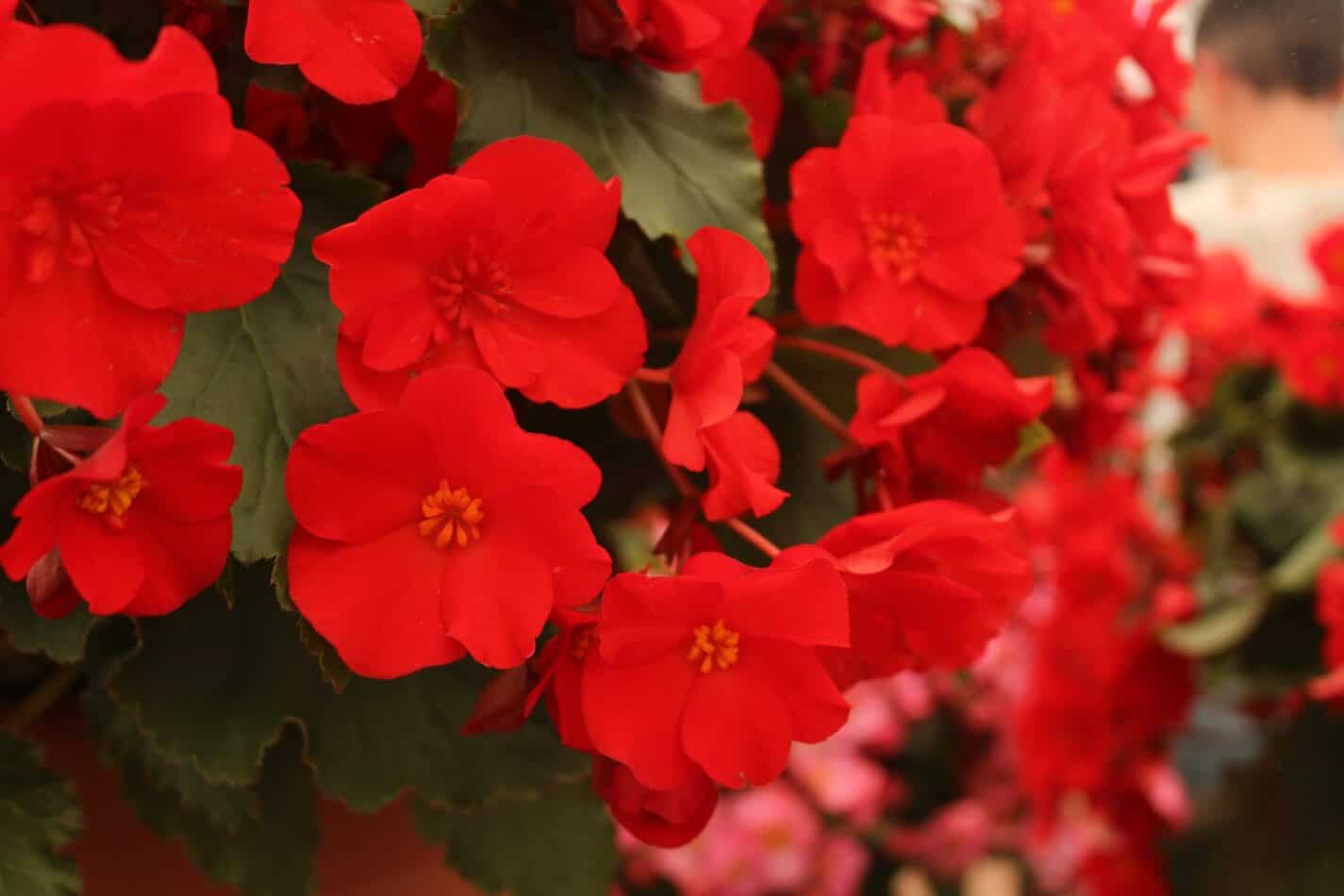Nodding Wakerobin, or Trillium flexipes, is a clump-forming perennial that produces attractive large, heart-shaped green leaves. It comes into its own in mid to late spring when it blooms with three large white petals, three slender green sepals, and a black center that reaches heights of around 8 inches. A native of the midwestern United States, it prefers part to full shade, making it ideal for woodland and wildflower gardens.
Etymology & Meaning
Trillium flexipes goes by the common name Nodding Wakerobin or Yellow Jewelweed, referring to its pendulous white flowers. The Latin name “flexipes” refers to the petal and sepals bending downward or flexing their feet. While the foliage was once valued for its medicinal properties, the flower is now enjoyed more for its beauty, adding color, texture and interest to springtime gardens.
History, Mythology, & Religious Significance
Nodding Wakerobin has long been an important plant in North America, with many tribes believing that the flowers contained the spirits of their ancestors. Early settlers also held the plant in high regard and harvested the leaves to be used in medicine, teas and ointments. The plant has spiritual significance in many cultures and is often associated with the Virgin Mary in Christian tradition.
Flower Varieties & Their Defining Characteristics
Trillium flexipes is a perennial herb in the family Melanthiaceae. It has several varieties, including Trillium flexipes ssp. rudis, Trillium flexipes ssp. ozarkanum, and Trillium flexipes ssp. tenuifolium. Some characteristics that define each variety include flower color, leaf shape, petal size and shape, and height.
How To Plant Nodding Wakerobin
Before planting Nodding Wakerobin, ensure you have the right spot with adequate light and soil. To get the best results, the soil should be organic, moist, and well-draining, while the light should be part to full shade. The ideal temperature range is between 45 and 85 degrees F, while the humidity should not exceed 75%. The plants can be fertilized lightly once or twice during the growing season.
How to Pot and Repot
When potting Nodding Wakerobin, make sure to use a well-draining potting soil, and that the roots of the plant have enough room to spread. Repotting every two to three years will help to keep the plants vigorous, but be aware that disturbance can disrupt flowering, so it is best to do this during the winter when the plant is dormant.
How To Prune
When pruning Nodding Wakerobin, it is important to remember to remove the old, brown foliage and to not cut into living parts of the plant. Dead and dying foliage can be pruned away at any time, while living foliage should only be pruned in late winter and early spring, when the risk of damage is minimal. Make sure to use clean, sharp pruning shears to ensure clean cuts.
How To Propagate
Propagation of Nodding Wakerobin can be done both by seed and through root and stem cuttings. Seeds should be planted in the spring, and should be kept moist until germination occurs. Stem cuttings should be taken from the same season, and should be placed in a well-draining, moist planting medium. Root cuttings should only be taken in late summer or early fall.
Common Pests & Diseases
Common pests and diseases of Nodding Wakerobin include aphids, slugs, sawflies, powdery mildews, and root rots. To help protect plants, ensure they are planted in a location with adequate light and air circulation, away from other susceptible plants. Monitor plants regularly and treat any pests or diseases as they arise with an appropriate pesticide, fungicide, or biological control.
Frequently Asked Questions:
Q. When is the best time to plant Nodding Wakerobin?
A. The best time to plant Nodding Wakerobin is in the spring, after the last frost has passed.
Q. How much water should Nodding Wakerobin receive?
A. Nodding Wakerobin should be kept consistently moist, but not waterlogged. A good rule of thumb for watering is to allow the top layer of soil to dry out between watering.
Q. When will Nodding Wakerobin flower?
A. Nodding Wakerobin typically blooms in mid to late spring.
Table Fact Sheet
| Name | Nodding Wakerobin – Trillium flexipes |
|---|---|
| Family | Melanthiaceae |
| Plant Type | Perennial |
| Mature Size | 8 inches tall |
| Sun Exposure | Part to full shade |
| Soil Type | Organic, well-draining soil |
| Soil pH | 6.5-7.5 |
| Bloom Time | Mid to late spring |
| Flower Color | White with a black center |
| Hardiness Zones | 4-8 |
| Native Area | Midwestern United States |
What we love from Amazon this week
Buy these wonderful flowers directly from Amazon:















